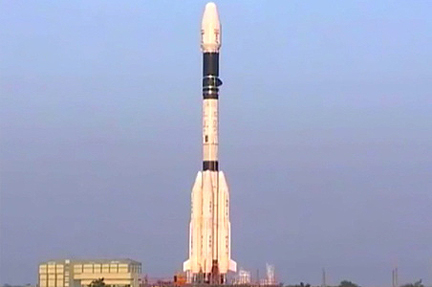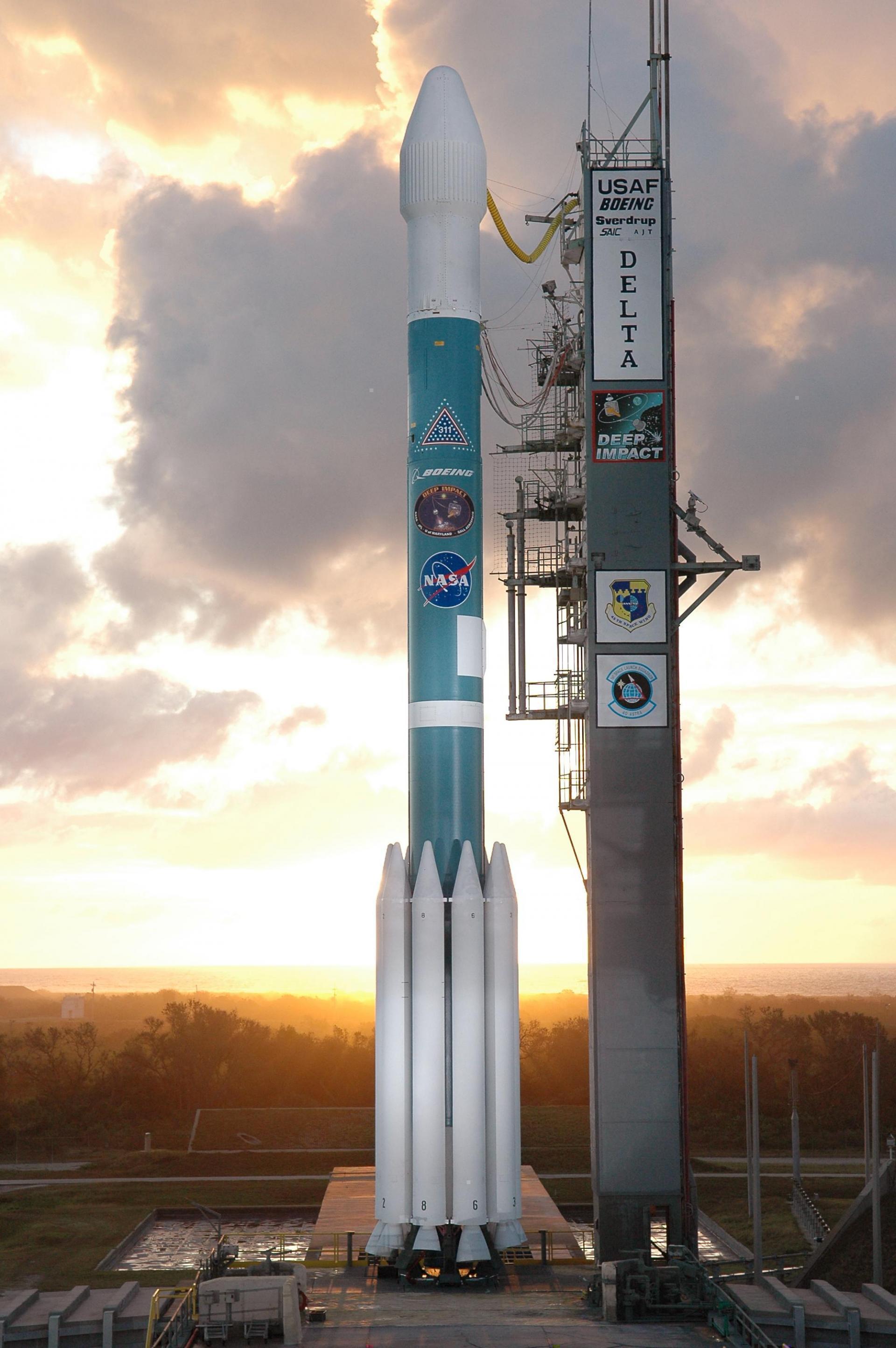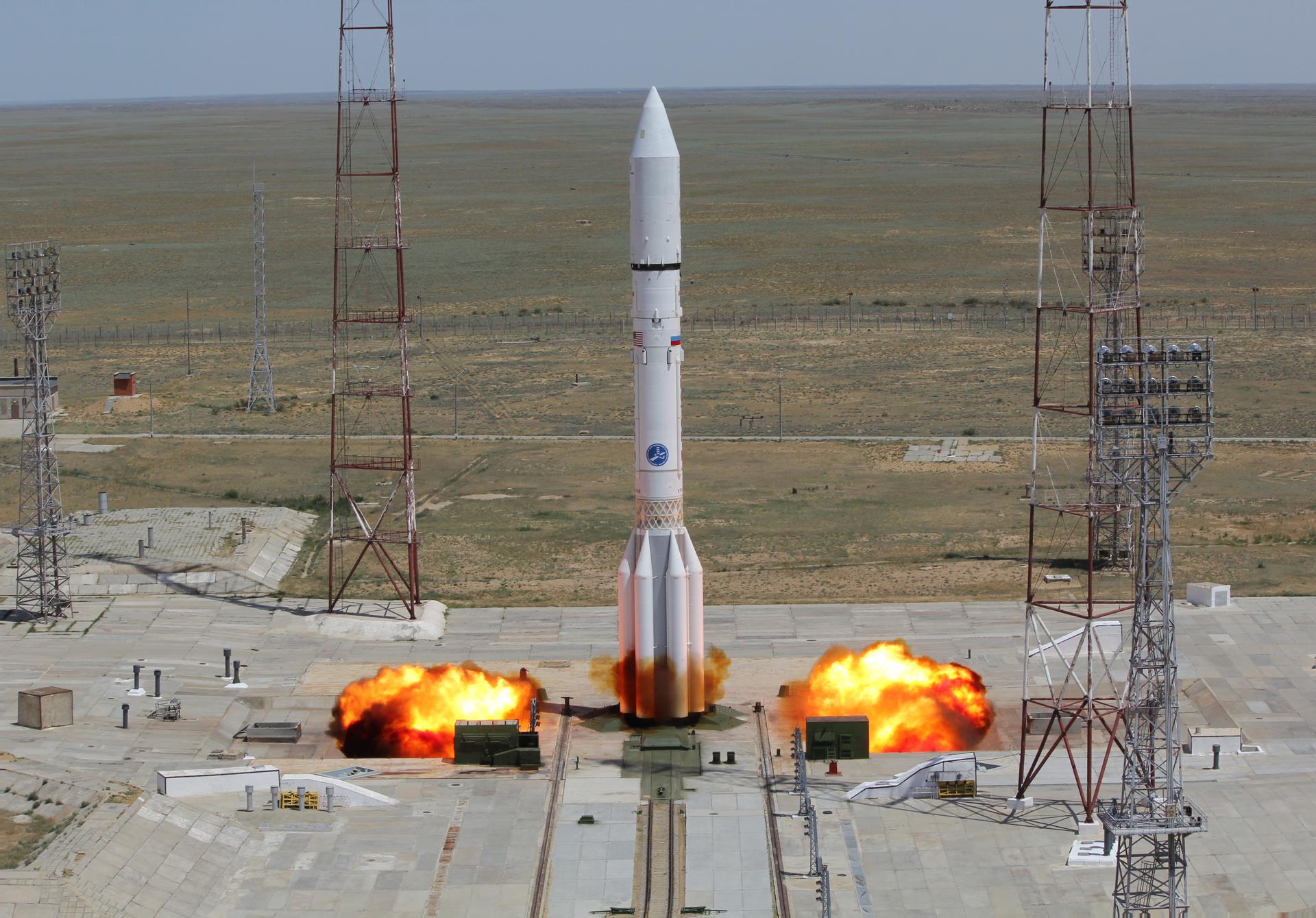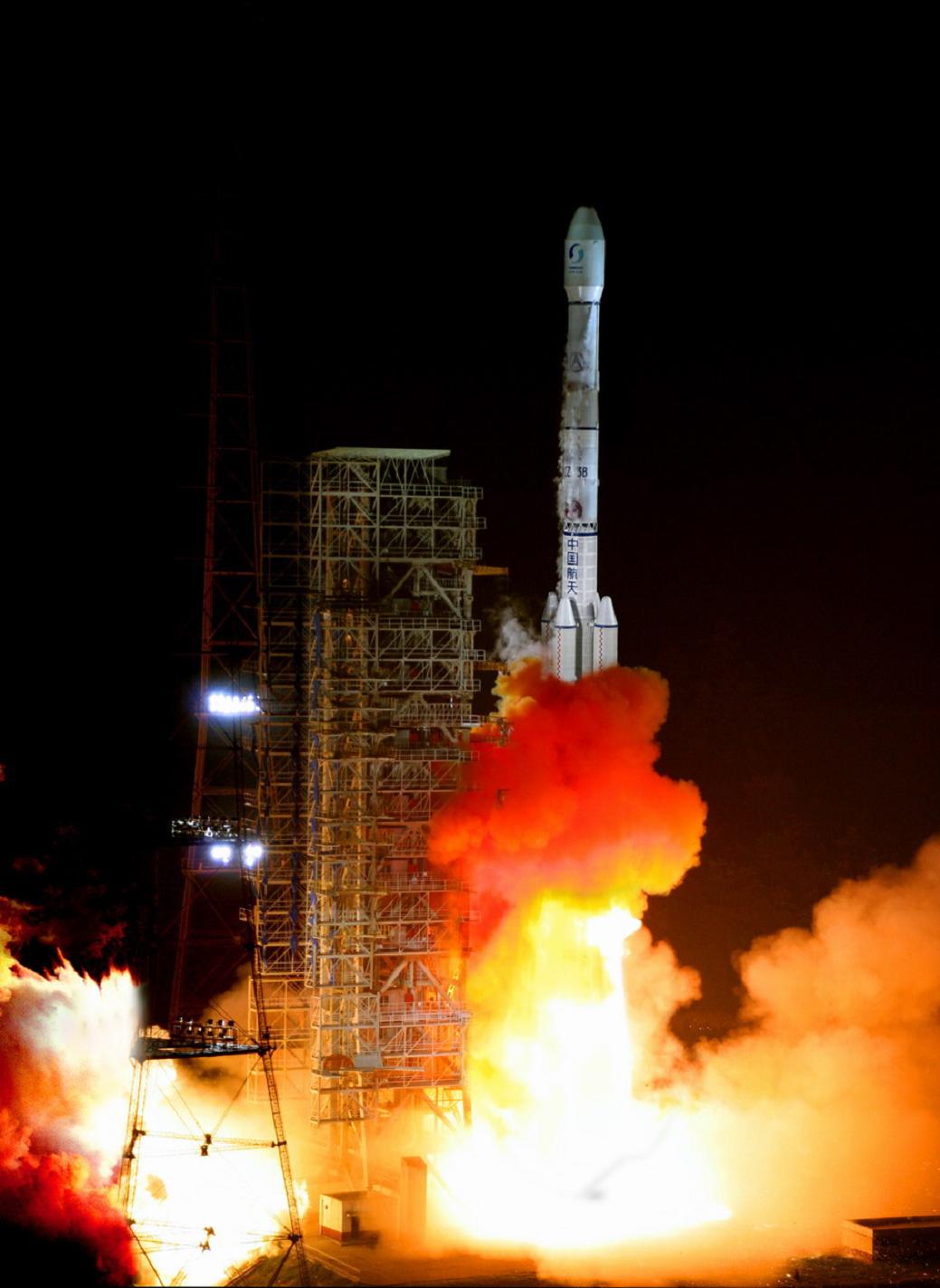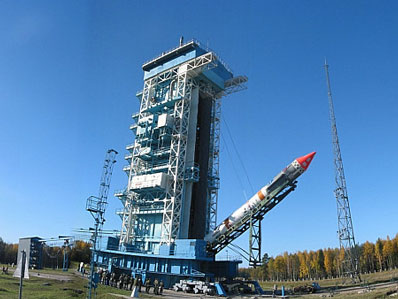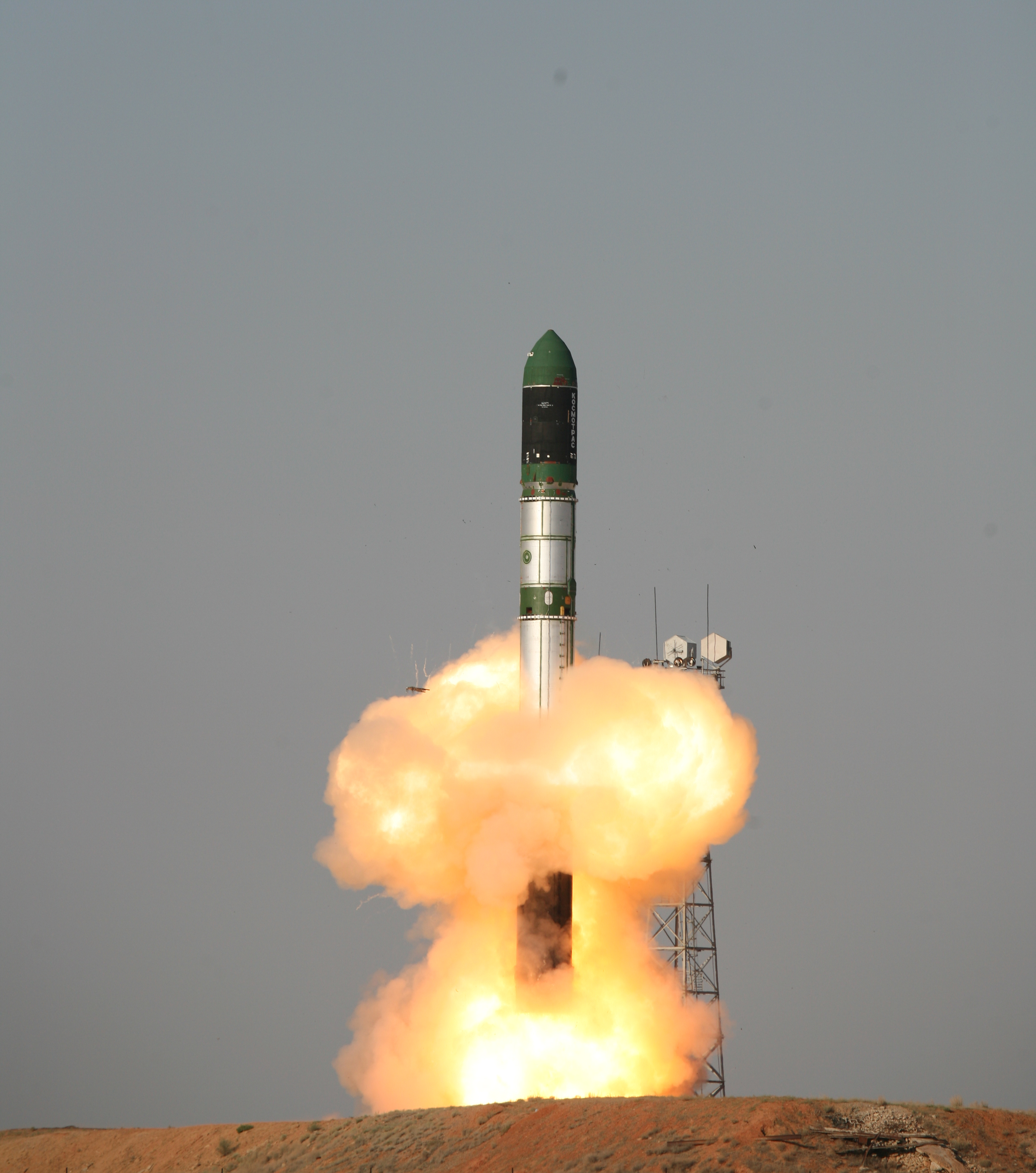Previous Spaceflight Launches
Filter by Agency, Locations or Vehicles
Show All LaunchesGSLV | INSAT-4CR
Indian Space Research Organization | IndiaSatish Dhawan Space Centre, India
Sept. 2, 2007, 12:51 p.m.
Ariane 5 ECA | Spaceway-3 & BSAT-3A
ArianeGroup | FranceGuiana Space Centre, French Guiana
Aug. 14, 2007, 11:44 p.m.
Status: Launch Successful
Mission:
Spaceway-3 is a communications satellite providing broadband at 95 degrees West in geostationary orbit. BSAT-3A is another geostationary communications satellite operating at 110 degrees East providing high definition direct television broadcasting across Japan.
Geostationary Transfer OrbitSpace Shuttle Endeavour / OV-105 | STS-118
National Aeronautics and Space Administration | United States of AmericaKennedy Space Center, FL, USA
Aug. 8, 2007, 10:36 p.m.
Delta II 7925 | Phoenix
United Launch Alliance | United States of AmericaCape Canaveral SFS, FL, USA
Aug. 4, 2007, 9:26 a.m.
Soyuz U | Progress M-61
Russian Federal Space Agency (ROSCOSMOS) | RussiaBaikonur Cosmodrome, Republic of Kazakhstan
Aug. 2, 2007, 5:33 p.m.
Proton-M | DirecTV 10
Khrunichev State Research and Production Space Center | RussiaBaikonur Cosmodrome, Republic of Kazakhstan
July 7, 2007, 1:16 a.m.
Long March 3B | Zhongxing 6B
China Aerospace Science and Technology Corporation | ChinaXichang Satellite Launch Center, People's Republic of China
July 5, 2007, 12:08 p.m.
Kosmos-3M | SAR-Lupe 2
Russian Space Forces | RussiaPlesetsk Cosmodrome, Russian Federation
July 2, 2007, 7:38 p.m.
Zenit 2M | Tselina-2 23
Russian Federal Space Agency (ROSCOSMOS) | RussiaBaikonur Cosmodrome, Republic of Kazakhstan
June 29, 2007, 10 a.m.
Dnepr | Genesis-2
ISC Kosmotras | RussiaDombarovskiy, Russian Federation
June 28, 2007, 3:02 p.m.
